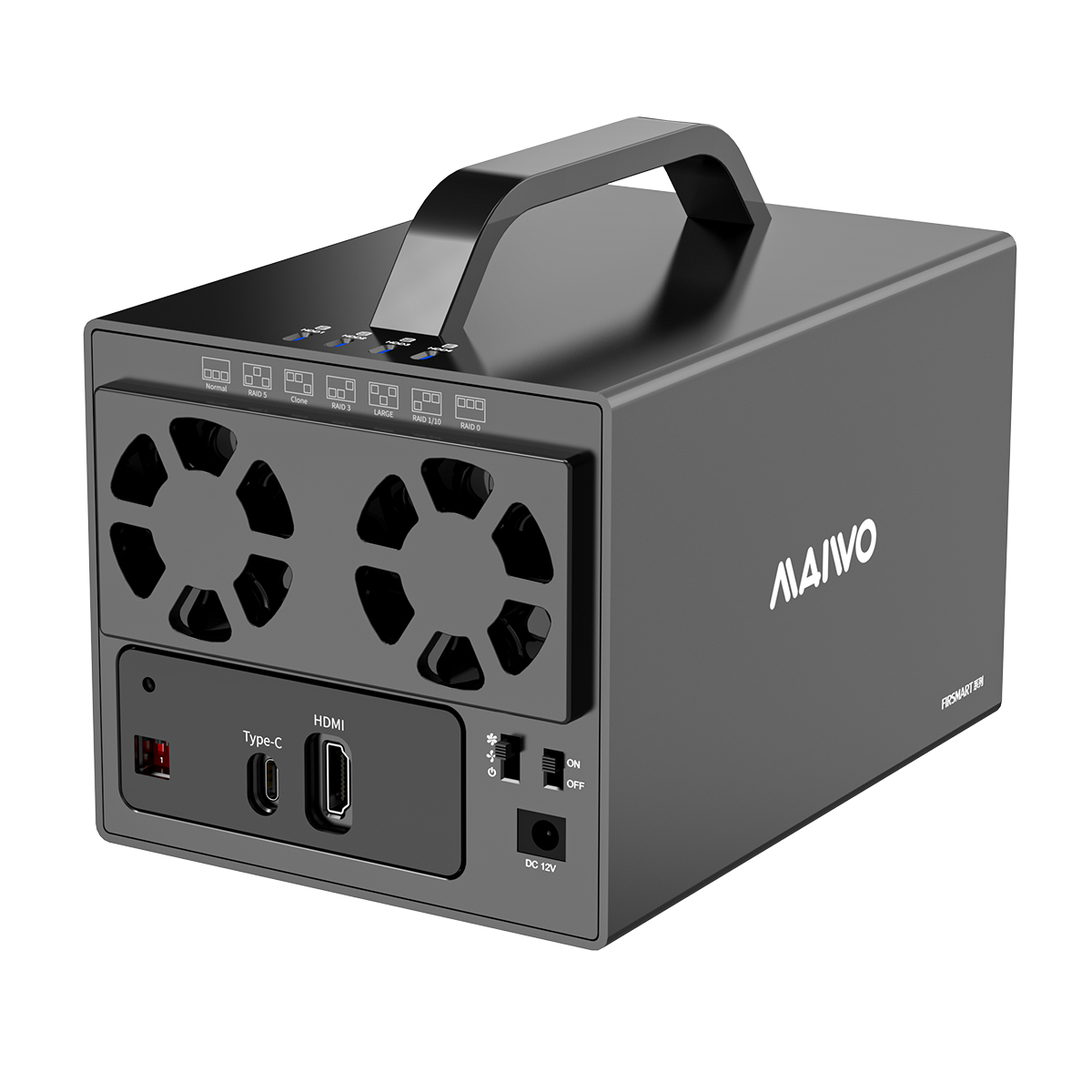A docking station is a device that allows a laptop or a mobile device to connect to peripherals such as monitors, keyboards, and mice. It serves as a central hub, providing a range of ports and connections that enhance productivity and convenience. This innovative gadget streamlines the process of connecting and disconnecting multiple devices, making it an essential tool for professionals, students, and individuals seeking a seamless computing experience.

One of the primary purposes of a docking station is to enhance connectivity. It provides a variety of ports, including USB, HDMI, Ethernet, and audio ports, allowing users to connect multiple devices simultaneously. With a docking station, users can easily connect their laptops or mobile devices to external monitors, keyboards, mice, printers, and other peripheral devices. This expanded connectivity not only improves efficiency but also enables users to create a customized workstation adapted to their specific needs.
A docking station simplifies the management of multiple devices. Instead of plugging and unplugging various cables every time, users can simply dock their laptops or mobile devices into the station, which automatically connects them to all peripherals connected to the docking station. This eliminates the hassle of dealing with tangled cables and reduces wear and tear on device ports. It also saves time and effort, allowing users to focus on their work without the distraction of setting up and organizing numerous connections.
With a docking station, individuals can seamlessly transition between different workstations. For example, a user can easily switch from working at their desk with dual monitors to attending a meeting in a conference room by disconnecting the laptop from the docking station and taking it with them. This flexibility enables a smooth workflow and eliminates the need to transfer files or adapt to different hardware setups. It ensures continuity in work processes and enhances productivity in a diverse range of environments.

The purpose of a docking station is to maximize productivity and efficiency. By providing access to a wide array of peripherals and streamlined connectivity, it allows users to work on a larger screen, use a full-sized keyboard and mouse, and connect to high-speed Ethernet for faster data transfers. These features enhance comfort and convenience, particularly during long periods of work or when engaged in complex tasks. The ability to connect multiple devices swiftly and easily enables multitasking and improves overall workflow.
In addition to its primary functions, a docking station can integrate with modern technology to further enhance the user experience. Some docking stations incorporate charging capabilities, enabling users to charge their laptops or mobile devices while connected. Others feature advanced data transfer technology, such as Thunderbolt, enabling faster transfer speeds for large files and data-intensive tasks. Furthermore, certain docking stations offer security features like Kensington lock slots, ensuring the safety and protection of connected devices.
In summary, a docking station serves as a vital tool, providing enhanced connectivity, simplified device management, seamless transitions between workstations, increased productivity, and integration with modern technology. Its purpose is to optimize the computing experience by offering convenience, efficiency, and versatility. Whether used in a professional or personal setting, a docking station plays a crucial role in streamlining work processes and maximizing productivity.